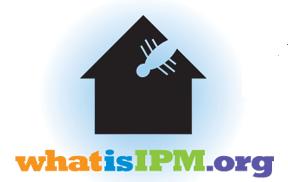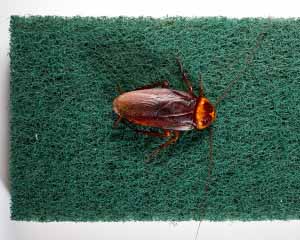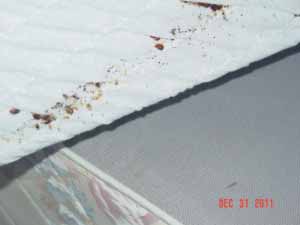This last week a lady dropped by our office and mentioned these flying things all over her home. Unfortunately she didn’t bring in any dead critters, but we asked a few questions and here are my questions and answers.
- When did you first spot the bugs? Maybe a week or so ago.
- Were they all over or where did it begin? Mainly in the living room.
- Near a door? Yes the frontdoor.
- It just started getting colder did you bring in any plants? OMG yes I just brought in some plants.
Pest work can be like detective work, ask the right questions and hopefully you get the right and helpful answers. She went home put the plants in the garage and all those flying things simply disappeared. Case solved! Didn’t even need to use any pesticides, IPM at its finest.







